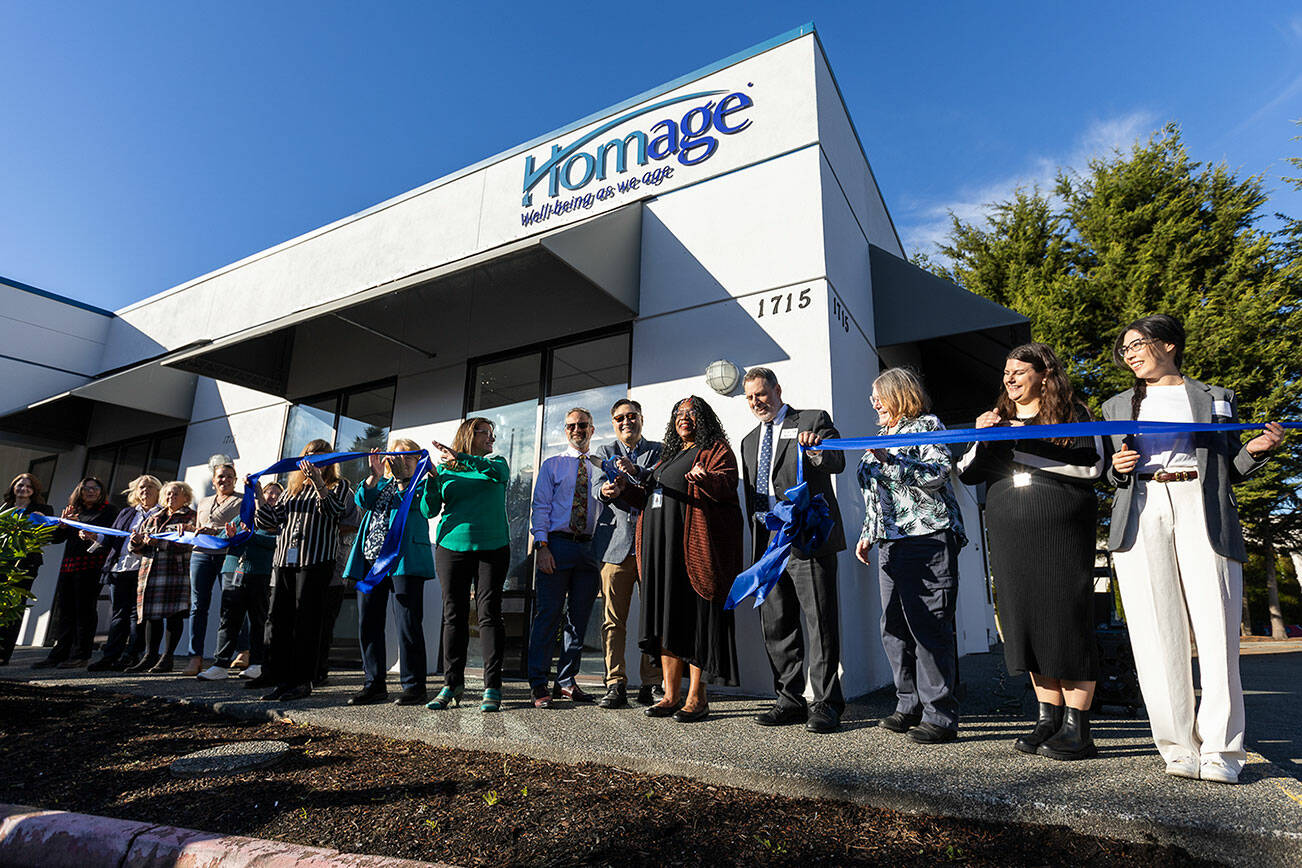Copyright independent

Family premiums for employer-sponsored health insurance surged again in 2025, rising for the third consecutive year to nearly $27,000 for a typical family plan, according to new data from the nonprofit Kaiser Family Foundation. The average annual premium climbed 6 percent this year to $26,993, marking a $1,408 increase from 2024, KFF’s annual Employer Health Benefits Survey found. The findings, based on a survey of more than 1,860 employers nationwide, provide one of the most detailed looks at workplace health coverage in the U.S., which is the primary source of insurance for nearly half of Americans. The steady growth in premiums is outpacing inflation and, economists warn, could be weighing on employment and wage growth. “If healthcare costs go up faster than the economy in general, that means there’s less money left over to go to wages,” said Gary Claxton, a senior vice president at KFF, in an interview with The Wall Street Journal. Workers are paying an average of $6,850 toward family coverage, about 26 percent of the total premium, while employers cover the remaining 74 percent, the data shows. Over the past five years, family premiums (26 percent) and worker contributions (23 percent) have risen at roughly the same pace as inflation (23.5 percent) and wage growth (28.6 percent). Rising employer health-insurance costs are largely driven by higher healthcare spending, including increased cancer rates among workers, growing hospital prices, and expensive new treatments such as GLP-1 weight-loss drugs including Wegovy and Zepbound, KFF found. In 2025, about one in five large employers (19 percent) cover costly GLP-1 weight-loss drugs such as Wegovy, while 57 percent do not and 24 percent are unsure, according to the data. Among the very largest firms (over 5,000 workers), coverage has risen to 43 percent from 28 percent in 2024. Many employers impose conditions, such as requiring patients to meet with a dietitian or participate in lifestyle programs. High costs of GLP-1 drugs worry employers, with 59 percent exceeding expectations and 66 percent noting a major impact on prescription drug spending. Rising costs may prompt some employers to reduce coverage, add restrictions, or eliminate GLP-1 drug benefits. Although 44 percent of large employers say coverage is important to employees, only 1 percent of those not currently offering it expect to provide it next year. “There is a quiet alarm bell going off. With GLP-1s, increases in hospital prices, tariffs and other factors, we expect employer premiums to rise more sharply next year,” KFF President and CEO Drew Altman said in a news release. “Employers have nothing new in their arsenal that can address most of the drivers of their cost increases, and that could well result in an increase in deductibles and other forms of employee cost sharing again, a strategy that neither employers nor employees like but companies resort to in a pinch to hold down premium increases,” he added. A larger share of household paychecks is going toward insurance costs, and many workers may face higher deductibles, copays, and other out-of-pocket expenses as employers shift more of the financial burden onto employees, according to KFF. The increase in fixed health-benefit costs can also limit wage growth or reduce the scope of other job benefits. For job-seekers and lower-wage workers, the trend may result in fewer employers offering full coverage or in more restricted plan options becoming the norm. Small employers are experiencing some of the steepest health-insurance cost increases. A Vistage Worldwide survey of 336 small businesses in October found that more than half reported rate hikes of 10 percent or more this year. In response, an increasing number of these businesses are moving away from traditional health plans altogether. Recent KFF data show that fewer small businesses are providing health benefits to employees due to the increasing difficulty of sustaining coverage as costs continue to rise.



